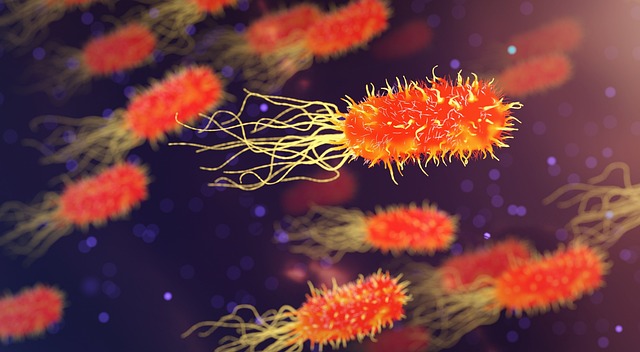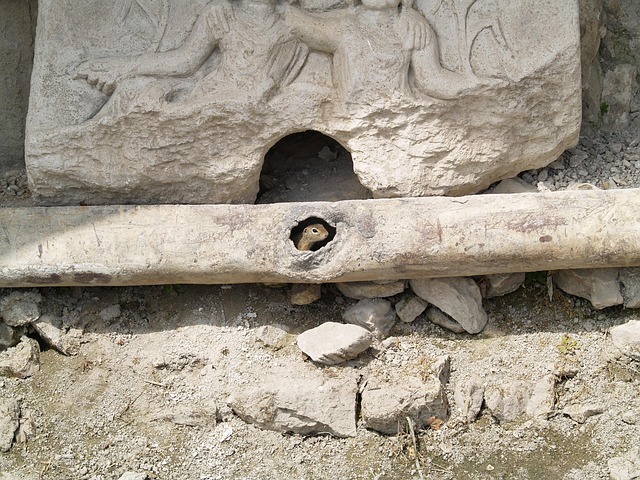
Cetaceans Evolution
Introduction
Cetaceans, which include whales, dolphins, and porpoises, are a fascinating group of fully aquatic mammals that have evolved over millions of years. Their evolutionary journey is a remarkable example of adaptation to marine environments, showcasing how terrestrial animals can transform into proficient swimmers. This article delves into the evolution of cetaceans, tracing their origins, adaptations, and the scientific understanding of their development.
Origins of Cetaceans
The evolution of cetaceans is believed to have begun approximately 50 million years ago in the Indian subcontinent. They are thought to have descended from even-toed ungulates, specifically a group known as Artiodactyla. This transition from land to water is a significant evolutionary milestone, marking the beginning of a long process that would lead to the diverse array of cetaceans we see today.
Evolutionary Pathways
The traditional hypothesis regarding cetacean evolution, first proposed by paleontologist Van Valen in 1966, suggests that cetaceans are closely related to mesonychians. Mesonychians were an extinct order of carnivorous ungulates that bore a resemblance to wolves but had hooves. This relationship places cetaceans within the broader context of artiodactyl evolution, highlighting their unique lineage.
Intermediate Stages of Evolution
During the early stages of cetacean evolution, these animals likely employed a combination of swimming techniques. Evidence suggests that they utilized pelvic paddling and caudal undulation, similar to the swimming methods observed in modern otters and seals. This intermediate stage illustrates the gradual adaptations that facilitated their transition from land to aquatic life.
Adaptations to Aquatic Life
As cetaceans evolved, they developed several key adaptations that enabled them to thrive in marine environments. These adaptations include:
- Streamlined Bodies: Cetaceans possess streamlined bodies that reduce drag in water, allowing for efficient movement.
- Modified Limbs: Their forelimbs have evolved into flippers, while their hind limbs have largely disappeared, further enhancing their swimming capabilities.
- Blubber: A thick layer of blubber provides insulation against cold water temperatures and serves as an energy reserve.
- Respiratory Adaptations: Cetaceans have developed specialized respiratory systems that allow them to hold their breath for extended periods while diving.
Fossil Evidence
The fossil record provides crucial insights into the evolutionary history of cetaceans. Early cetaceans, such as Pakicetus, exhibit characteristics of both terrestrial and aquatic animals, showcasing the transitional features that mark their evolution. Over time, fossils such as Ambulocetus and Dorudon reveal further adaptations to marine life, including changes in skull structure and limb morphology.
Modern Cetaceans
Today, cetaceans are classified into two main groups: baleen whales and toothed whales. Baleen whales, such as the blue whale, filter feed on small organisms, while toothed whales, including dolphins and orcas, are active predators. This diversification reflects the various ecological niches that cetaceans occupy in marine environments.
Conclusion
The evolution of cetaceans is a testament to the power of natural selection and adaptation. From their terrestrial origins to their current status as highly specialized marine mammals, cetaceans exemplify the dynamic processes of evolution. Understanding their evolutionary history not only enriches our knowledge of biodiversity but also underscores the importance of conserving these remarkable creatures and their habitats.

















 Mystery At Blind Frog Ranch
Mystery At Blind Frog Ranch 
 Health
Health  Fitness
Fitness  Lifestyle
Lifestyle  Tech
Tech  Travel
Travel  Food
Food  Education
Education  Parenting
Parenting  Career & Work
Career & Work  Hobbies
Hobbies  Wellness
Wellness  Beauty
Beauty  Cars
Cars  Art
Art  Science
Science  Culture
Culture  Books
Books  Music
Music  Movies
Movies  Gaming
Gaming  Sports
Sports  Nature
Nature  Home & Garden
Home & Garden  Business & Finance
Business & Finance  Relationships
Relationships  Pets
Pets  Shopping
Shopping  Mindset & Inspiration
Mindset & Inspiration  Environment
Environment  Gadgets
Gadgets  Politics
Politics 